11 iconic perfumes to have in your vanity for all occasions
The rise to fame of iconic perfumes often stems from audacity, a quality that connects them to the status of monumental fragrances. A prime example is Chanel's N°5, commissioned by Coco Chanel from perfumer Ernest Beaux in 1921. This fragrance marked a groundbreaking moment by incorporating a high proportion of newly developed synthetic molecules known as aldehydes, which, combined with a majestic bouquet of jasmine, rose, ylang-ylang, and a powdery base, elevated the scent into the realm of abstraction. Its name, a simple number, and its sleek bottle design set it apart from anything that had come before, sparking a trend in floral aldehydes. N°5's success was not only groundbreaking but also influential, even inspiring the fragrance of Elnett hairspray.
The rise to fame of iconic perfumes often stems from audacity, a quality that connects them to the status of monumental fragrances. A prime example is Chanel's N°5, commissioned by Coco Chanel from perfumer Ernest Beaux in 1921. This fragrance marked a groundbreaking moment by incorporating a high proportion of newly developed synthetic molecules known as aldehydes, which, combined with a majestic bouquet of jasmine, rose, ylang-ylang, and a powdery base, elevated the scent into the realm of abstraction. Its name, a simple number, and its sleek bottle design set it apart from anything that had come before, sparking a trend in floral aldehydes. N°5's success was not only groundbreaking but also influential, even inspiring the fragrance of Elnett hairspray.
Shalimar by Guerlain, created by Jacques Guerlain in 1925, shares a similar trajectory. Its signature vanilla notes, a pioneering move using ethylvanillin in high concentration, contributed to launching the oriental trend. Both N°5 and Shalimar underline the historical significance of olfactory innovation driven by new ingredients.
These iconic fragrances owe their enduring appeal not only to their revolutionary compositions but also to their timeless messaging that spans generations. However, some iconic fragrances, like Miss Dior (launched in 1947), have evolved differently. The fragrance remains famous, with Natalie Portman representing it since 2010, though new interpretations are embodied by the actress. Miss Dior's 1947 formulation, designed to be "a perfume that smells of love," is now marketed under the name L’Original.
L’Air du Temps by Nina Ricci, launched in the mid-20th century, is another notable fragrance. Recognizable by its bottle adorned with two entwined doves, this tender, spicy, floral bouquet was once a global bestseller. Eau d’Hermès, released in 1951, marked the luxury brand's entry into the fragrance world, with a composition inspired by "the lingering perfume inside a bag."
Not all legendary fragrances have a decades-long history. Among those from the late 20th century, Angel by Thierry Mugler (1992) and Le Mâle by Jean-Paul Gaultier (1995) stand out. Angel, created by Olivier Cresp, initiated the gourmand fragrance family, while Le Mâle, formulated by Francis Kurdjian, challenged traditional men's fragrance codes with its powdery, creamy facet.
The 1990s continued to produce olfactory gems and genre-defying fragrances. Féminité du Bois by Shiseido (1992), developed under the direction of Serge Lutens, dared to create a woody fragrance for women, becoming the precursor to Serge Lutens' fragrance collection. Portrait of a Lady by Dominique Ropion for Frédéric Malle (2009) is a spectacular oriental rose that has become a bestseller, exemplifying the definition of a classic.
The 1990s also saw the introduction of La Vie est Belle by Lancôme (2012), co-created by Dominique Ropion, Anne Flipo, and Olivier Polge. Recognizable worldwide, it stands out for its distinctive identity. Whether it will be classified among the myths in the future remains to be seen, but its impact is undeniable.
The 11 most iconic perfumes of all time
Joyeux Noël, Frédéric Malle, €150 for 450 ml
Le Mâle – Eau de Toilette, Jean-Paul Gaultier, €98 for 125 ml
Angel – Eau de Parfum, Mugler, €108 for 50 ml
Le Parfum – Eau de Parfum, Lolita Lempicka, €99 for 100 ml
Portrait of a Lady – Eau de Parfum, Frédéric Malle, €215 for 50 ml
La Vie est Belle – Eau de Parfum, Lancôme, €131 for 100 ml, €99 a refill
Miss Dior – Eau de Toilette Originale, Dior, €125 for 100 ml
Eau d’Hermès – Eau de Toilette, Hermès, €107 for 100 ml
N°5 – Eau de Parfum, Chanel, €147 for 100 ml
Shalimar – Eau de Parfum, Guerlain, €99 for 50 ml
L’Air du Temps – Eau de Toilette, Nina Ricci, €104 for 50 ml

